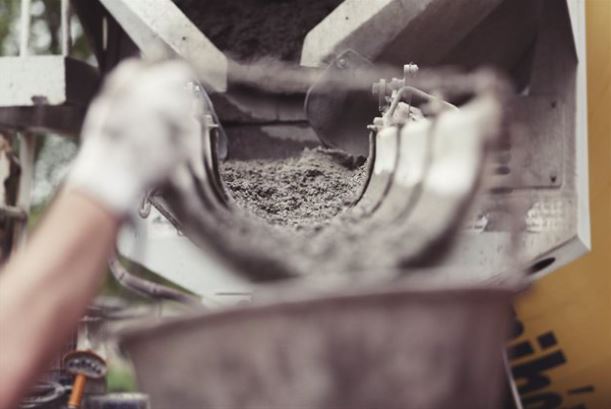
Cement production and consumption is a reliable indicator of a nation’s growth, as its infrastructure is a reflection of development. Without infrastructure, development is impossible, and without concrete, infrastructure is unachievable. Looking at future trends of the concrete sector, here are five interlinked focus areas: jobs, training, infrastructure, transformation, and sustainability.
The cement sector has a long history of building and developing the country. The government needs to make good on its commitment to development, including the support and recognition of the manufacturing industries.
Cheap imported cement affects the demand for locally produced material to such an extent that SA manufacturers are considering mothballing plants and retrenching staff. The focus in 2020 will, therefore, be on petitioning the International Trade Administration Commission for the imposition of tariffs on cheap imports to level the playing field.
Jobs
Despite stagnation in the construction industry over recent years which has seen civil engineers being retrenched and engineering graduates struggling to find jobs, there are signs the sector is recovering and will continue to do so in 2020.
The SA Infrastructure Fund, coupled with an improved visa regime, will assist construction companies to retain and attract international talent – crucial for preparing and executing projects for the long-term sustainability of the sector.
Future job growth will result from improvements and expansion of the continent’s booming transport networks (see infrastructure below).
Training
The government and the private sector will need to invest in specialist skills and local talent in the building and construction trades if we are to cope with rapid urbanisation and the continent-wide need for infrastructure development.
We will need to step up efforts in providing technical and vocational education and training (TVET). Also, strategic corporate initiatives must find a balance between formal and informal approaches to upgrade and improve the job-relevance of formal TVET instruction.
We also expect to see smaller municipalities increase skills development programmes supporting infrastructural projects. This is essential if the government green lights its R313bn allocation to capital spending and housing, the R165bn allocated for community infrastructure, and the additional R229bn to municipalities for infrastructure projects.
Infrastructure
It is axiomatic that infrastructure acts as a principal stimulus to growth. There is a significant backlog in infrastructure investment in Africa. There are, however, promising signs.
Transport spending is projected to increase across Sub-Saharan Africa to more than 11% per year from now to 2025, mainly on roads and ports. Roads are the biggest area of investment, due to the rise in prosperity and car ownership and the large volumes of freight moving on Africa’s roads.
The establishment of the African Continental Free Trade Area (AfCFTA) also provides grounds for optimism, bringing together 54 countries under a single market for goods and services.
Transformation
Currently, the top five construction companies in SA control 70% of the market with the remaining 30% made up of smaller contractors, most of whom are black- or female-led.
The sector will need to focus on deliberate succession planning, as competent leadership teams will only emerge from a combination of gender, age, race, skills, and geographical diversity.
The sector will also become more engaged with the “roster system” for the built environment introduced by the then Department of Public Works, and which called for black companies to be considered first for contracting. But we will need to take it further in 2020 and push for governmental infrastructure tenders to stipulate the use of local cement.
Sustainability
And finally, but equally importantly, the greening of the cement industry, which began in the 1990s, must and will continue. By 2015, producers had already reached 50% of the target of a 15% reduction of energy consumption set by the Department of Minerals and Energy. The Concrete Institute will continue to endorse the Brundtland definition of sustainability: development that meets the needs of the present without compromising the ability of future generations to meet their own needs.
https://www.bizcommunity.com/Article/196/720/199436.html
About Bryan David Perrie
Bryan David Perrie has both a BSc and MSc in Civil Engineering from Wits, is a registered professional engineer, a fellow of the South African Academy of Engineering and a member of the Institute of Concrete Technology in the UK.

More news
- CELEBRATING EXCELLENCE IN THE RESIDENTIAL PROPERTY SECTOR
- PART 4: GIBS PANEL DISCUSSES INTEMEDIATE CITIES ROLE IN AFRICA’S DEVELOPMENT
- EXPOSED AGGREGATE PAVERS COMPLEMENT NEW LIFESTYLE CENTRE
- GIBS PANEL EXPLORES ROLE OF INTERMEDIATE CITIES IN SA’S DEVELOPMENT PART 3
- CITI-CON’S CONCRETE KNOWLEDGE SUCCESSFULLY DEPLOYED ON NEW LANDMARK DEVELOPMENT

